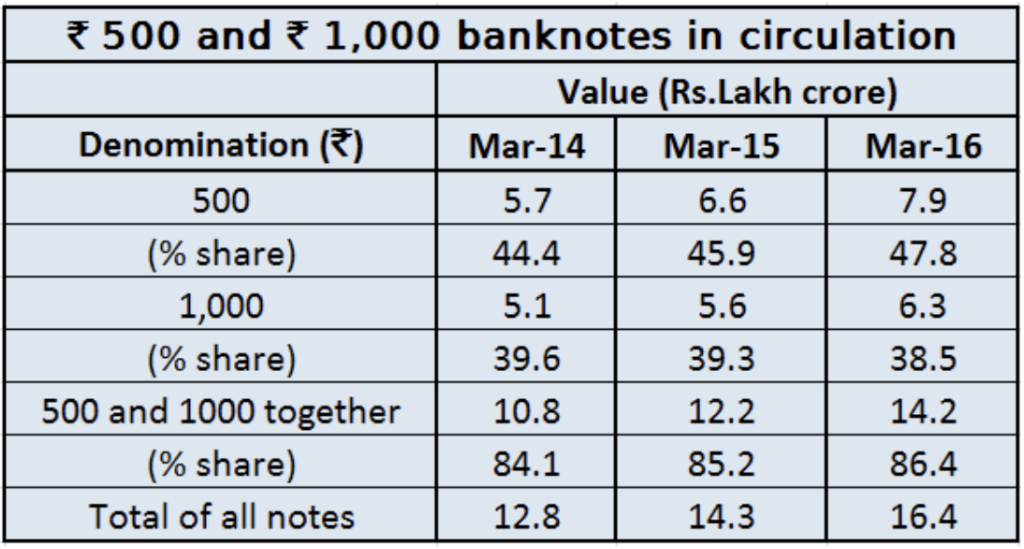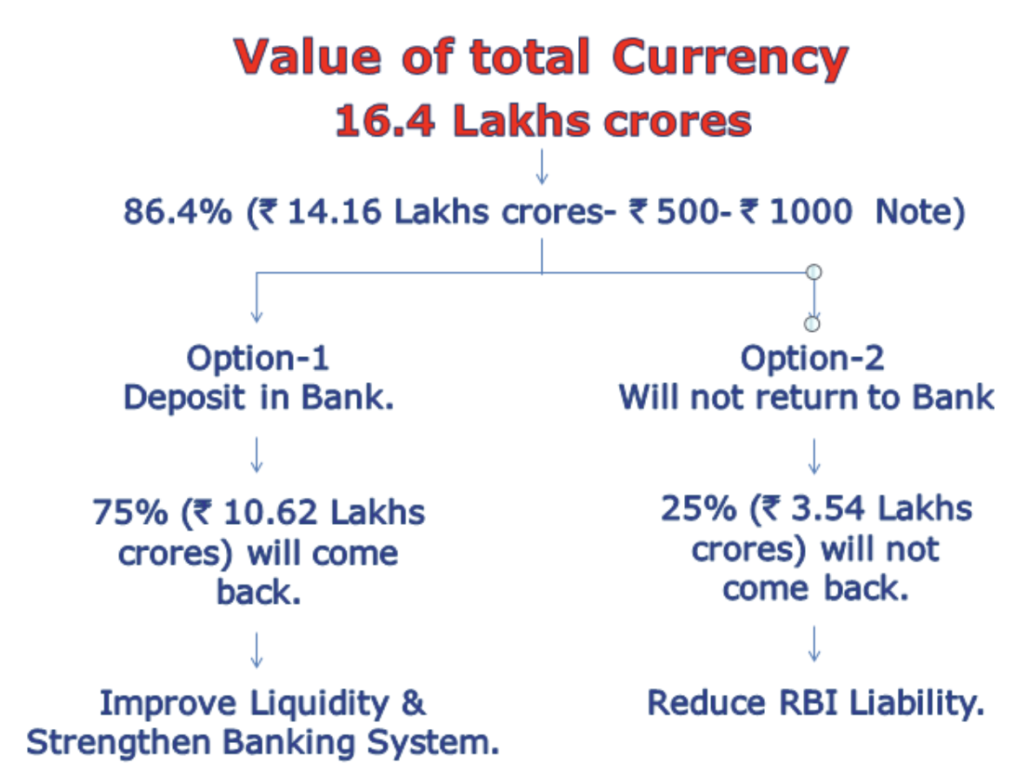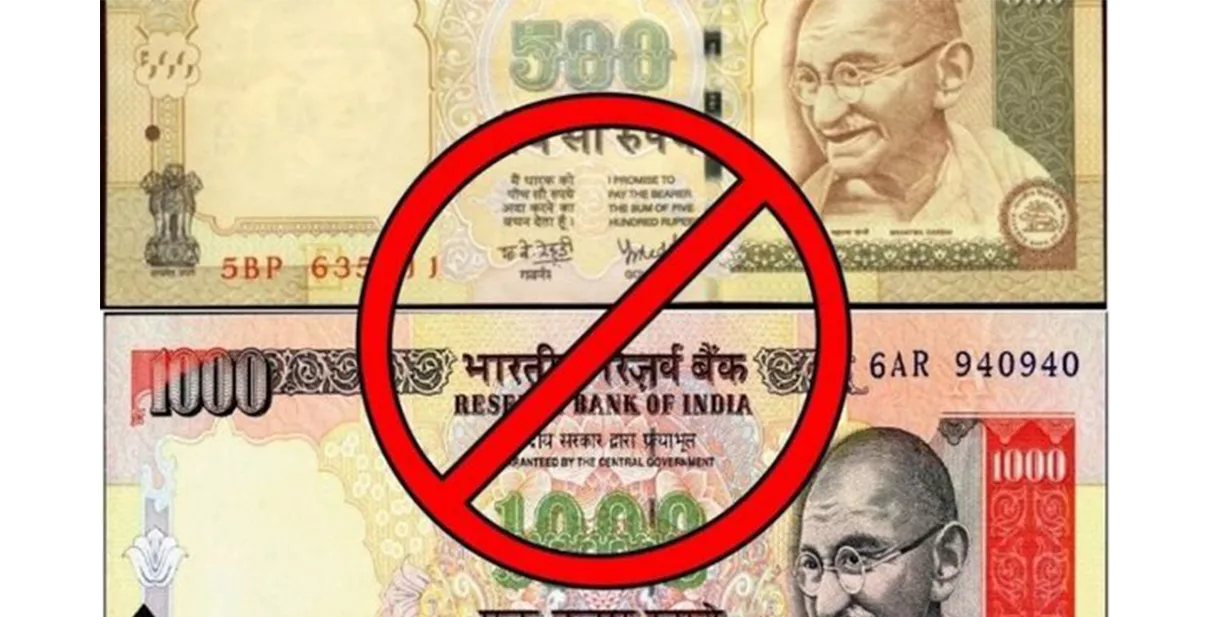- November 10, 2016
- by Prakash Lohana
- Articles
- 85 Views
- 0 Comments
Currency demonetization, suddenly this word hits us on the evening of 8th of November, 2016 and we all were shocked with the demonetization measure of Prime Minister Shri Narendra Modi. This article is an effort to understand What Currency demonetization is actually and what will be its Short term & long term Economic implications.
To understand currency demonetization we first need to understand that any currency holds its value as a valid currency of that country due to two basic characteristics, which are as under.
- Currency is a legal tender by the Govt. of that country to use it as a medium of exchange to fulfil your financial obligation.
- Currency is a promissory note by Reserve Bank of India. It holds a promise to pay the equivalent amount by the RBI Governor.
In his speech of 8th Nov. 2016, our Prime Minister Shri Narendra Modi declared that from midnight of 8th Nov. 2016, all the currency notes of 500 & 1000 will not be a legal tender. So it lost its value as a medium of exchange in the country but RBI’s promise to pay the equivalent money remains intact till 30th Dec. 2016(after that it will remain valid a some places till 31st March 2017.), if you deposit that money in your bank account or get it exchanged in a bank.
Why demonetization of 500 & 1000 Currency notes was needed?
Total value of currency printed by RBI in India is around 16.4 Lakh Crores Rs. as mentioned with break up in table below. 500 & 1000 Rs. Currency notes in total comes to around 14.2 Lakhs crores which is around 86% of total Indian currency. So cancellation of 86% currency will definitely cause serious liquidity issue in the economy which is more cash driven.

Over last few years demand for currency (hard cash) was increasing in our country. Ideally in a country like India where economy is growing with a reasonably good pace, and banking system is also growing with good pace, demand for currency should reduce. Net fresh issuance of currency notes have increased by 34% in FY15 and 46% in FY16. This raises a possibility of large currency leakages – Money going out of the system (e.g. hoarding of black money or outside India, both are illegal.) It seems that due to tightening of KYC norms, tax laws and monitoring of other financial transaction in different investment avenues like post office, Mutual funds, banks and real estate etc., the black money which was invested earlier in these avenues was now preserved in the form of Cash in high denomination currency notes.
Currency is actually a medium of exchange but when it is preserved and kept in lockers it becomes a commodity to hold black money. This has a serious implication in the economy as this result to poor liquidity in the banking system.
So, Demonetization of 500 & 1000 currency notes is a step to curb black money.Now let us see how big this Black economy is in India?
There are no reliable estimates of black economy. A survey conducted by World Bank in 2007 says that around 23.2% of GDP is running as a black economy. So if we go with these numbers then our GDP is estimated to be 200 Lakhs crores this year and the 23.2 % of this would be around 46.4 Lakhs crores. Avg. Tax incidence in India is 16% so if we tax this 46.4 Lakh crores at 16% then the tax collection would be around 7.42 lakh crores. Our fiscal deficit for next year is estimated to be somewhere close to 7 lakh crores so if we convert this black economy to white we will have no fiscal deficit.
But the question is whether this step of demonetization will lead us to 100% conversion of black economy to white economy. The answer is certainly NO. But it can definitely push 30% to 40% conversion from black economy to white economy.
Consequences of Black Money:
Black money affects not only our economy but also our Social system. Social implications and economic implications of black money are interrelated and have cascading impact on each other. Let us see both the implications in detail.
- Impact to Economy: When people start holding cash to preserve black money, the circulation of currency is affected very badly. When currency changes hands it turns to income and expense of many people which helps people to satisfy their needs and creates job opportunities for people. Since last few years increasing cash holding in the country resulted to poor liquidity in the banks which made our banking system weaker. Banking system is back born of an economy and a weak banking system with poor liquidity cannot support a fast economic growth.
- Social implications: There are many social implications of black money. Increasing black money widens the gap between poor and rich which leads to social unrest. Black money also increases corruption and crime. Use of black money in elections by different parties is not anew thing in this country. Currently four state have their elections in March-2017. All these problems make our economy weak and it again creates social imbalance in the country so this is a vicious cycle and has a cascading effect.
How demonetization will help?
As discussed earlier 500 & 1000. Currency notes have lost their value as a legal tender from 8th Nov. 2016, midnight. But, RBI Governor’s promise to pay equivalent amount against these currency notes is still valid, but for that one has to deposit the currency notes to their bank account or get it exchanged from banks. So we are left out with two options as shown in below table.

Option 1: Deposit back the 500 & 1000 Currency notes with bank: People who have cash on hand in 500 & 1000 Currency notes which is accounted and tax paid money will deposit it back. A prediction says that around 10.62 lakh crores will come back with in the banking system. This will improve liquidity in our banking system which in turn will help us to strengthen our Economy.
Option 2: Don’t Deposit back in Bank: Those who have black money in the form of 500 & 1000. Currency notes will not be able to deposit it in the bank. A rough estimate says that around 4 Lakhs crores will not come back to banking system. So, on these currency notes, which will not return back to Reserve Bank of India, RBI’s liability to pay back will be over so this will result to profits to RBI and Govt. Now RBI can print new currency of equivalent amount and Govt. Can increase its expenditure towards infrastructure and other areas to spend this money. This will lead to increase in the income of people which ultimately will boost the economy.
Impact on different sectors: Different sectors will have different long term and short term impact of currency demonetization which is as under.
- Interest Rates: Due to this action by Govt., Interest rates will fall sharply in short term and will also remain at low over medium to long term. This will bring down fixed deposit rates. Along with that loan interest rates will also fall sharply.
- Inflation: over next 3 to 6 months demonetization will create deflationary pressure which will result to very low inflation in the country. Over medium to long term there will be neutral impact on inflation.
- Real Estate: Over short term real estate prices can fall sharply. Real estate where there is no cash portion in the price will have relatively less impact. Over long term, if interest rates fall sharply and stay at low level this can have positive impact on real estate.
- Equity Market: Due to currency crisis, consumption will fall and this will affect corporate results for next one or two quarters. So equity markets will also remain volatile till that time and are expected to fall sharply. But over long term it seems that we are entering in a new bull market cycle.
- Gold Prices : Gold prices will not be affected much as they are internationally drive but demand for gold particularly against cash will fall sharply over short term.
To conclude with, this step will cause some pain over short term to common man but over a long term this may lead to a new beginning to the country and common man will be the beneficiary.

